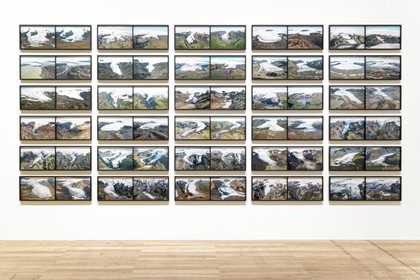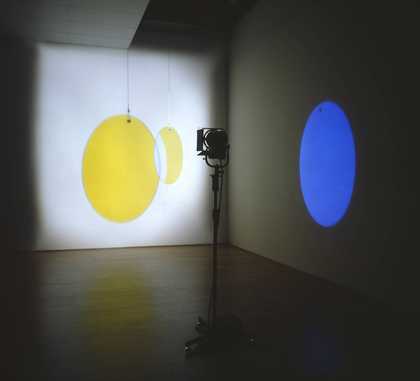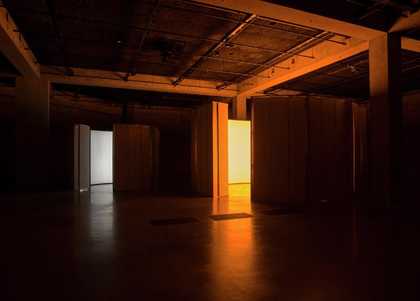People, especially in a museum, take light for granted. What I am trying to show is to some extent at least that our surroundings are, to a greater extent than we think, constructed. Constructed doesn’t mean that they are not real, but let’s say, reality is constructed.
When you walk through the tunnel, I take people through these different light conditions. So there is a certain part of the tunnel which has almost no light. So I would say Your Blind Passenger is an orientation piece. I have essentially worked on what it feels like to sort of lose your traditional ways of orienting yourself. In a space with so much fog, the distance between two people becomes sort of micro-defined, because you can’t see people which are more than one, one and a half metres away, but obviously you also know that the stranger has the same situation. So there is not that kind of surprise where the stranger saw me coming and I didn’t see the stranger. So there is a nice contract that we are sort of in the same boat, and we have to kind of renegotiate the social contract, based on these conditions. You sharpen your ears, you sharpen your kind of expectations about, do I meet somebody? Am I not likely to meet somebody? So the presence of other people in the piece plays a central role for your experience of the piece as well.
Generally, I think collectivity plays an important role in my work, and The Weather Project clearly had a significant relationship with the sort of collective experience. I do think, though, that there was a unique quality related to the fact that you both had a strong sense of collectivity or clearly the kind of community that came out of that piece had a lot to do with a singular experience; meaning that what defines singularity was totally, or closely, related to a sense of collectivity. And I find this is a healthy, a great thing, if you can somehow combine singularity and collectivity.
The different colours in Your Blind Passenger – there is a few different types of white light, some of which are more cold, which is normally you refer to that as ‘daylight’. And then I have some which is a bit warmer, and then there is also places with very little light, which are sort of twilight areas, you could say.
When you don’t see the space based on, let’s say, the lines, the perpendicular, then the horizontal lines which defines the space the way the wall meets the floor, and the floor and the wall, and so on – it challenges you and your way of creating maps. I think we are quite capable of, when engaging in art, to make our own judgements for what do we define as reality.




